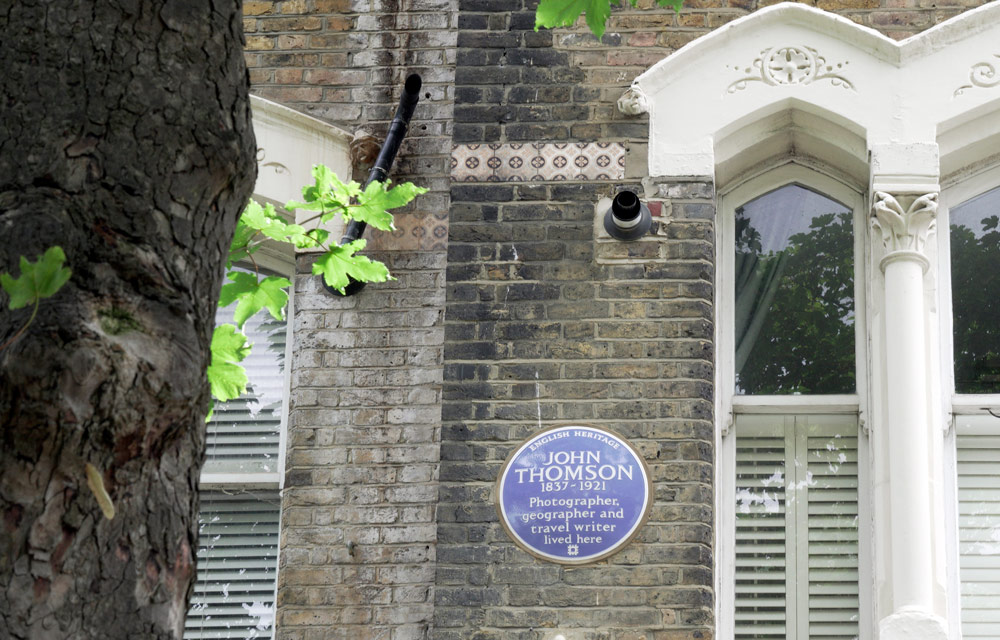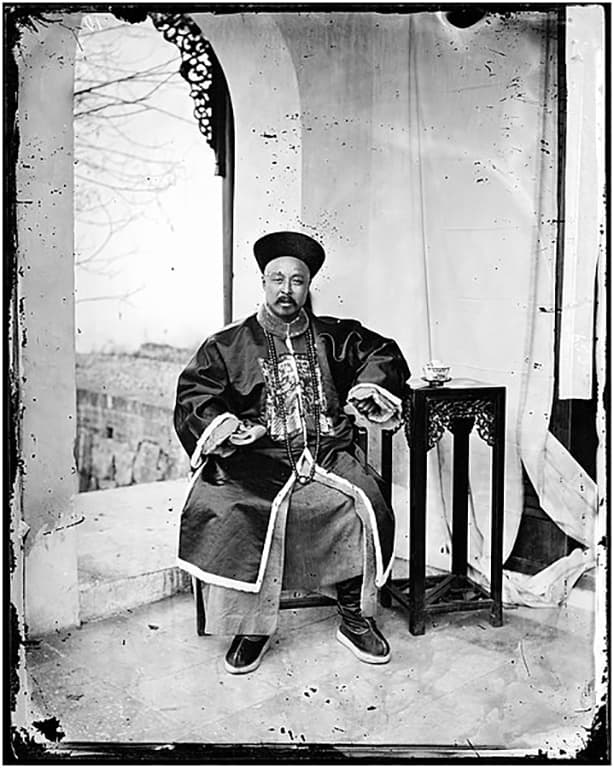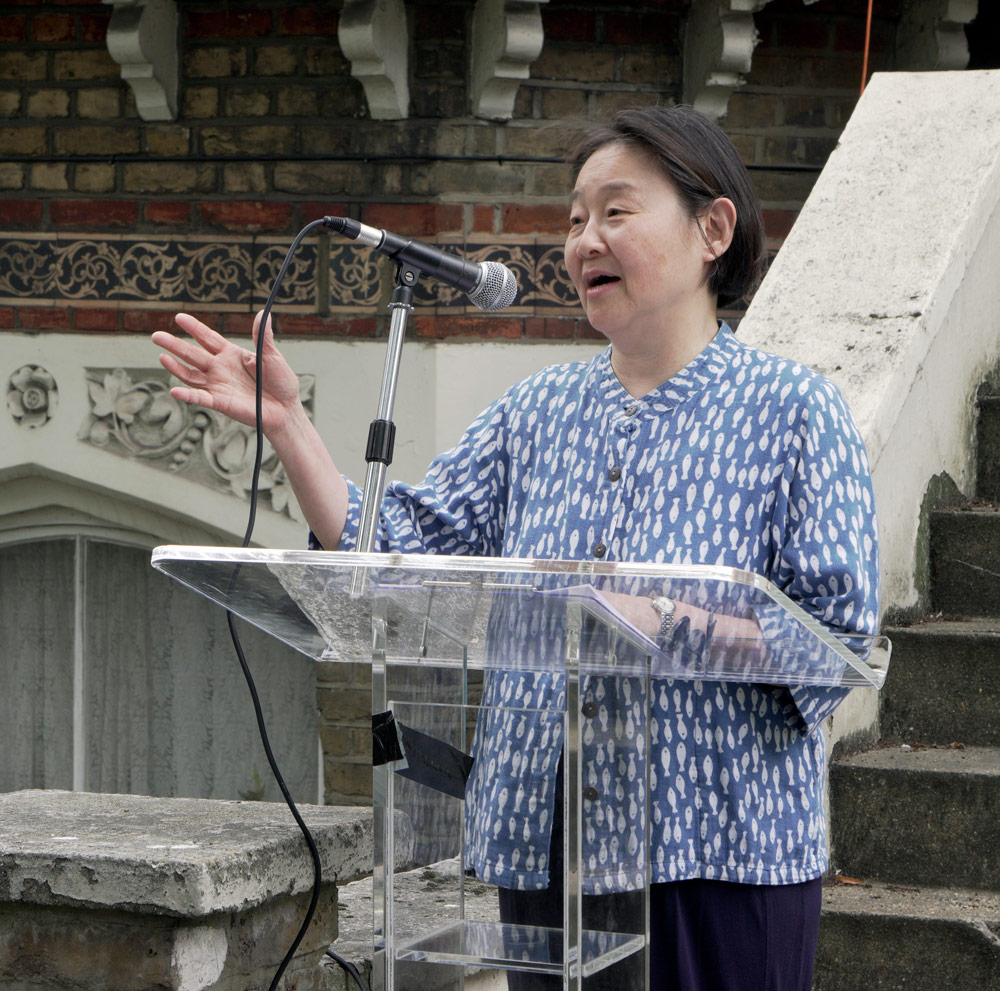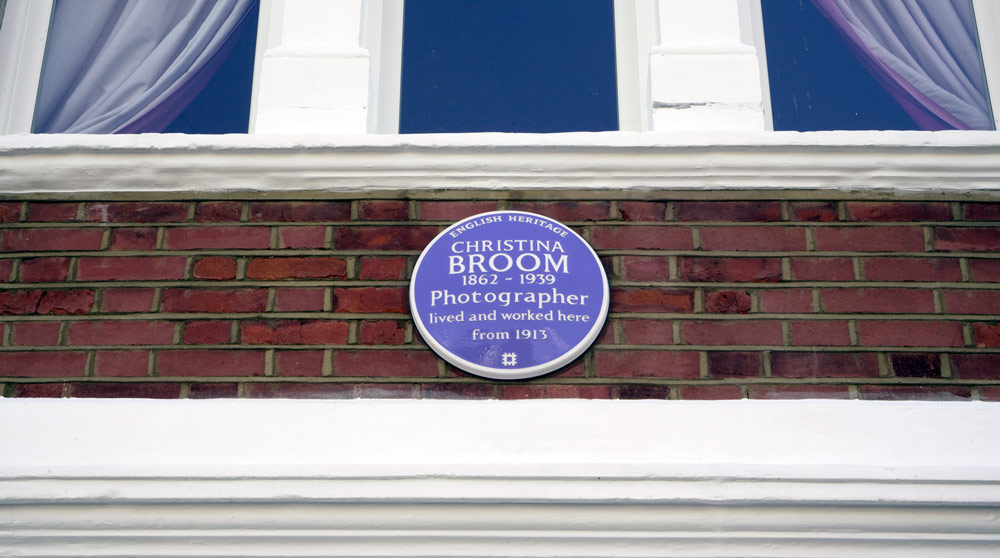One of the most interesting travel and street photographers of the 19th and 20th centuries, John Thomson, has been honoured at a ceremony in London.
Thomson (1837-1921) came from a humble background in Edinburgh, the eighth of nine children. His images of imperial China and Siam (now Thailand) are rightly celebrated the world over, but Thomson’s name is still not that well known outside photography-history and antiquarian circles.
Hopefully this will start to change from today as English Heritage has unveiled a commemorative Blue Plaque on the suburban house in Effra Road, Brixton, south London, where Thomson lived after returning from Asia in 1872.

Travel photography pioneer
After serving as an an apprentice to an optical and scientific instrument maker and studying chemistry and mathematics, Thomson become interested in photography. In 1862 he joined his brother William in Singapore, set up a photo studio, and the rest is, literally, history.

A naturally gifted networker, without any of the colonial arrogance associated with the British Empire at the time, he gained unique access to the court of the king of Siam (modern-day Thailand) and China’s imperial Qing dynasty, then in the last decades of its lengthy rule.

Thomson was also one of the first photographers to capture the Angkor Wat temple complex in Cambodia, only recently discovered by Europeans – a trip that almost proved fatal after he caught malaria.
As Thomson recounts in his book, The Straights of Malacca:
‘We had first intended to sail down the Gulf of Siam to Chantaboon, and thence to cross over the forest-clad mountains of that province to Battabong. But the Siamese Government declined to grant a passport for that route, which they reported as dangerous and impracticable. We were therefore reduced to the necessity of making a tedious, and, so far as health was concerned, more dangerous journey by the creeks and rivers, and across the hot plains and marshes of the south-eastern provinces of the interior.‘
Ordinary people feature heavily in Thomson’s work too, whether in old Bangkok or the back streets of the East End. After returning to the UK, Thomson focussed on London’s underclass rather than just taking portraits of the rich and famous, and he had a strong social conscience.

The siting of the Blue Plaque on Thomson’s former house is the culmination of a long campaign by a group of devotees, including Betty Yao (who’s written and edited several fascinating books on his work in imperial China), Jamie Carstairs from Bristol University and Dr Michael Pritchard, former Director of Education and Public Affairs at the RPS.

Remembering Christina Broom
Christina Broom, who blazed a trail for women press photographers, has also been honoured with a Blue Plaque on the wall of her former house in Munster Road, Fulham, London.

Broom (1862-1939) is best known for her images of the early suffragette movement and soldiers off to the trenches in World War 1.

Unlike John Thomson, she came to photography relatively late in life, having only discovered a box camera in her 40s.

Both John Thomson and Christina Broom richly deserve this latest recognition: as Rebecca Preston from English Heritage observes, both were ‘working at the forefront of photography at a time when it was not the accessible medium that it is now.’







